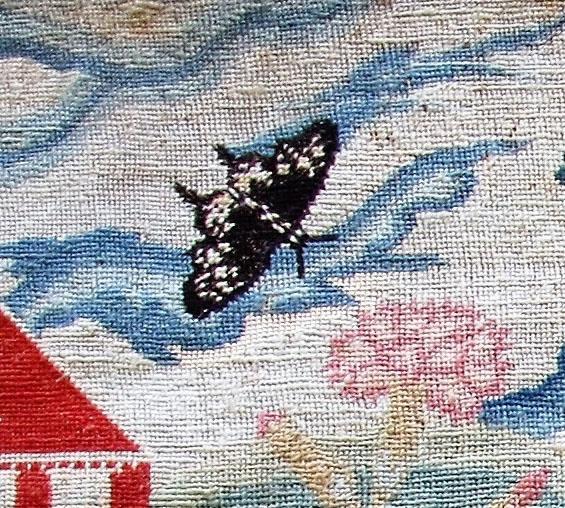
Pappas Paper on "Botany, Embroidery, 18th C. American Women"
Andrea Pappas (Art & Art History) presented a paper at the Annual Symposium of the Textile Society of America, "Embroidered Landscapes and Women’s Hidden Knowledge of Nature in British North America." Elite British women of the eighteenth century were encouraged to study nature because it was thought to extend their innate interest in dress and decorative pursuits—such as embroidery. Cadwallader Colden, writing to the Dutch botanist Gronovius in 1755 about his daughter Jane, opens his letter thus: “… Botany is an Amusement which may be made agreeable for the Ladies who are often at a loss to fill up their time if it could be made agreeable to them. Their natural curiosity & the pleasure they take in the beauty & variety of dress seems to fit them for it.” However, Eliza Hayworth, in The Female Spectator, recommended that women engage in the pursuit of natural science not because nature produces pretty organisms or to fill empty hours, but because “nothing is … more profitable to the mind.” Close looking at embroidered representations of plants and insects tells us that some early American women indeed engaged in “botanizing” behavior – close observation of individual specimens, plant and insect. Further, these represented species are specifically found in North America where these women resided, not in Europe, and therefore are not copied from other sources. Andrea's paper recovers evidence of their interests in natural history by examining these women's embroidered textiles.